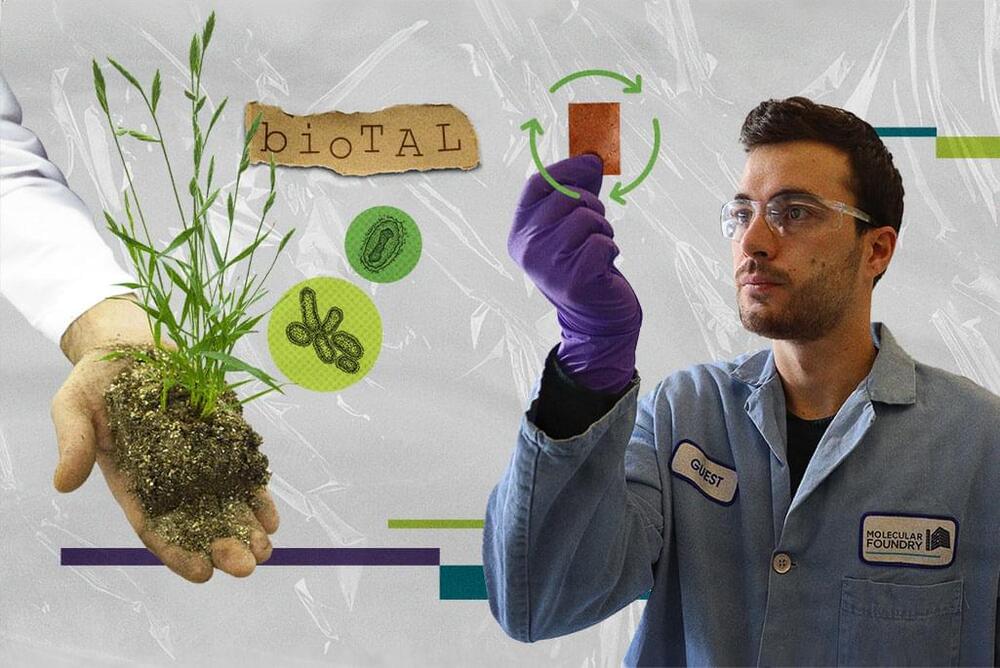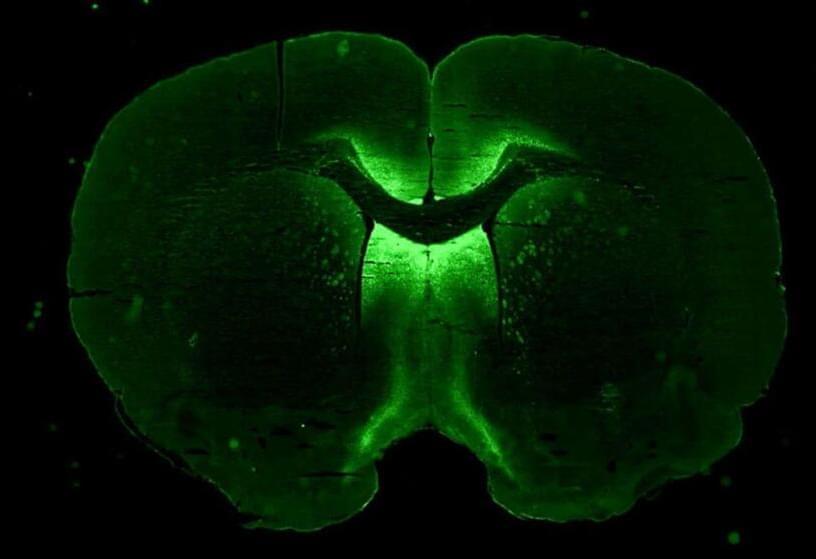British health tech startup Twinn Health recently emerged from stealth, boasting an AI-powered platform that analyzes MRI scans to detect preventable disease “earlier than ever before.” Starting with metabolic disease, the company’s AI platform leverages validated imaging biomarkers to improve diagnosis and treatment decisions.
With age-related frailty and liver disease also on its roadmap, Twinn Health is positioning itself squarely in the domain of longevity and preventive healthcare. The company is supported by WAED, a $500 million venture capital fund backed by Saudi Aramco, which invests in innovative tech-based startups.
Longevity. Technology: Magnetic resonance imaging (MRI) has been used in healthcare for decades and is widely used in hospitals and clinics for the diagnosis and follow-up of disease. In recent years, AI tools have appeared that help identify the presence of specific conditions within MRI scans, but the technology is not yet widely used in healthcare to support healthspan and longevity improvements. Twinn Health aims to change that, combining MRI and AI to enable the early detection and management of multiple age-related diseases. To learn more, we caught up with founder and CEO Dr Wareed Alenaini.









